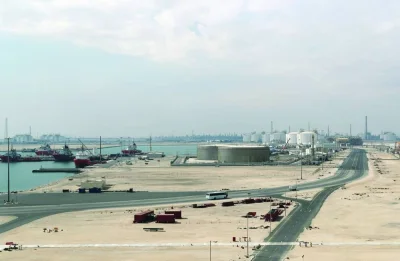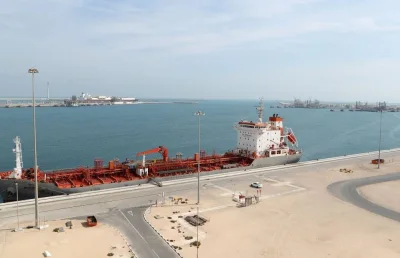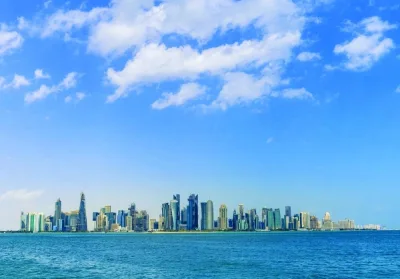Qatar is expected to post a fiscal surplus of 6.5% in 2023 and 5.3% next year, the World Bank has said in its latest report.The country’s current account balance (as a percentage of GDP) will be 15.9 this year and 12.1 in 2024, the report noted.Qatar's real GDP growth has been forecast by World Bank at 3.3% this year and 2.9% in 2024.World Bank economists forecast that the Mena region will grow by 3% in 2023 and by 3.1% in 2024, much lower than the growth rate of 5.8% in 2022.2“The Mena average growth rate masks the stark differences across countries,” the World Bank noted.In the Gulf Co-operation Council (GCC) — Qatar, Kuwait, Oman, Saudi Arabia, United Arab Emirates, and Bahrain — growth is expected to decelerate from 7.3% in 2022 to 3.2% in 2023, driven by the expected decline of oil prices from the highs reached in 2022. Developing oil exporters are forecast to grow at 2.2% in 2023, a deceleration from their 3.9% growth in 2022.Developing oil importers are expected to grow by 3.6% in 2023 and 3.7% in 2024 — although this is largely driven by Egypt’s relatively high expected growth. Setting Egypt aside for a moment, other developing oil importers are expected to grow by 2.8% and 3.1% in 2023 and 2024 respectively.Changes in real GDP per capita are arguably a more accurate measure of changes in living standards. Following a recovery of 4.4% in 2022, growth in real GDP per capita for Mena is expected to decelerate to 1.6% and 1.7% in 2023 and 2024 respectively, the report said.The slowdown in growth will be experienced across the region, but more acutely in the GCC. GDP per capita growth for GCC countries is expected to decelerate from 5.5% in 2022 to 1.8% in 2023 and 2% in 2024.For developing oil exporters, the corresponding rates are 0.8% in 2023 and 1% in 2024. For developing oil importers, GDP per capita is expected to grow 2.1% in 2023 and 2.2% in 2024, World Bank said.Food price inflation reached double digits for most of the middle-income and low-income Mena economies in 2022, the World Bank noted.For most Mena economies, food price inflation is “much higher” than headline inflation. In fact, food inflation accounts for about half or more of headline inflation in many countries in the region, even though food’s weight in the consumer price index (CPI) is typically around 25%.Importantly, the data indicate that that poorer households in December 2022 experienced about 2 percentage point more inflation (year-on-year) than rich households on average in the Mena region.Countries whose currency depreciated vis-à-vis the US dollar also experienced higher levels of inflation in Mena. After accounting for exchange rate fluctuations, inflation in most Mena countries was moderate or low, indeed lower than the levels seen in the United States.When faced with rising prices in commodity markets, in particular oil and food, countries in Mena put in place policies aimed at containing domestic inflation. Despite these efforts, food inflation in most Mena economies increased since the war in Ukraine and indeed was higher than headline inflation. Increases in the price of food products accounted for half or more of the headline inflation, World Bank noted.

Pratap John
Pratap John is Business Editor at Gulf Times. He has mainstream media experience of nearly 30 years in specialties such as energy, business & finance, banking, telecom and aviation, and covered many major events across the globe.
Most Read Stories
4























